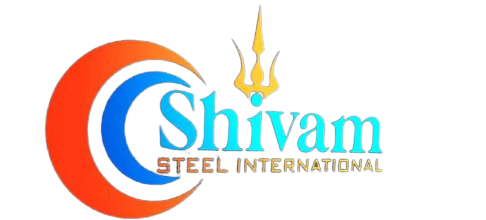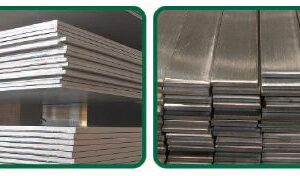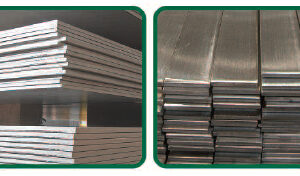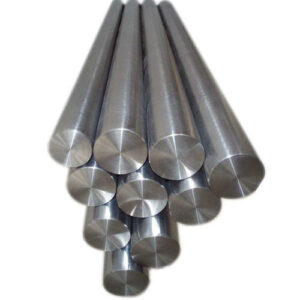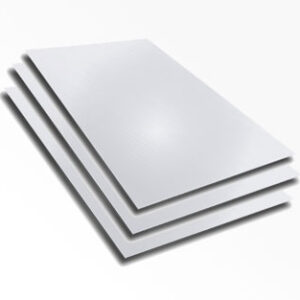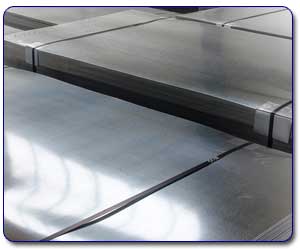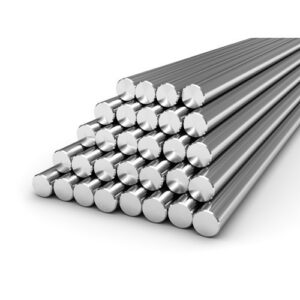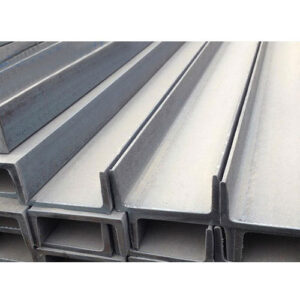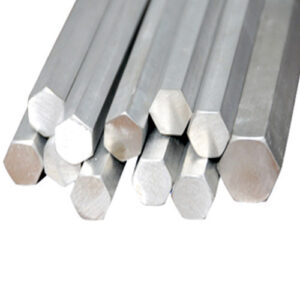Applications
Grade 310H stainless steel is chiefly used in the heat treatment industry, and the chemical process industry.
- Fans
- Trays
- Baskets
- Rollers
- Burner parts
- Oven linings
- Tube hangers
- Retorts linings
- Conveyor belts
- Refractory supports
- Containers for hot concentrated acids, ammonia, and sulfur dioxide
- Used along with hot acetic and citric acid in the food processing industry.
Value Added Services:
- Need a special length?
- We can custom level 3/8″ thick x 72″ x 186″ from our plate line to reduce scrap
- Polish plate inventory available
- We supply #4, #6, and #8 mirror finish
- Special polishes available
- Plate processing
- Dynamic water jet cutting
- Plate shearing
- Saw cutting
- Plasma cutting and high quality plasma cutting
- Machine cut rings and discs
We are Alloy 310H Plate and Processed Flat Bar provides superior resistance to corrosion and heat exposure, in even the most demanding environments.
Corrosion Resistance:
- The high chromium content – intended to increase high temperature properties – also gives this grades good aqueous corrosion resistance.
- In high temperature service, 310H exhibits good resistance to oxidising and carburising atmospheres.
Heat Resistance:
- 310H has good resistance to oxidation in intermittent service in air at temperatures up to 1040°C and 1150°C in continuous service.
- Good resistance to thermal fatigue and cyclic heating. Widely used where sulphur dioxide gas is encountered at elevated temperatures.
- Continuous use in 425-860°C range not recommended due to carbide precipitation, if subsequent aqueous corrosion resistance is needed, but it often performs well in temperatures fluctuating above and below this range.
- Prone to sigma phase embrittlement in the temperature range 650 – 900°C.
- Grade 310H is generally used at temperatures starting from about 800 or 900°C – above the temperatures at which 304H and 321 are effective
Fabrication:
- Commonly used in the heat treatment and process industries due to high temperature and corrosive environments
- Often fabricated into complex structures
- Roller-forms, stamps and draws readily
- Because 310 work hardens, severe forming operations should be followed by an anneal
Weldability:
- Austenitic stainless steel is generally considered to be weldable
- Generally considered to have weldability equivalent to 304 and 304L
- Special consideration is needed to compensate for a higher coefficient of thermal expansion to avoid warping and distortion
Chemical Composition
| Element | Content (%) |
|---|---|
| Iron, Fe | 49.075-45.865 |
| Chromium, Cr | 24-26 |
| Nickel, Ni | 19-22 |
| Manganese, Mn | 2 |
| Silicon, Si | 0.75 |
| Phosphorous, P | 0.045 |
| Carbon, C | 0.040-0.10 |
| Sulfur, S | 0.03 |
Mechanical Properties
| Properties | Metric | Imperial |
|---|---|---|
| Tensile strength | 515 MPa | 74694 psi |
| Yield strength | 205 MPa | 29732 psi |
| Modulus of elasticity | 200 GPa | 29000 ksi |
| Shear modulus | 77.0 GPa | 11200 ksi |
| Poissons ratio | 0.3 | 0.3 |
| Elongation at break (in 50 mm) | 40% | 40% |
| Hardness, Rockwell B | 95 | 95 |
| Hardness, Brinell | 217 | 217 |
PHYSICAL PROPERTIES
| Quantity | Value | Unit |
|---|---|---|
| Thermal expansion | 16 – 17 | e-6/K |
| Thermal conductivity | 16 – 16 | W/m.K |
| Specific heat | 500 – 500 | J/kg.K |
| Melting temperature | 1370 – 1400 | °C |
| Service temperature | 0 – 500 | °C |
| Density | 8000 – 8000 | kg/m3 |
| Resistivity | 0.7 – 0.7 | Ohm.mm2/m |
